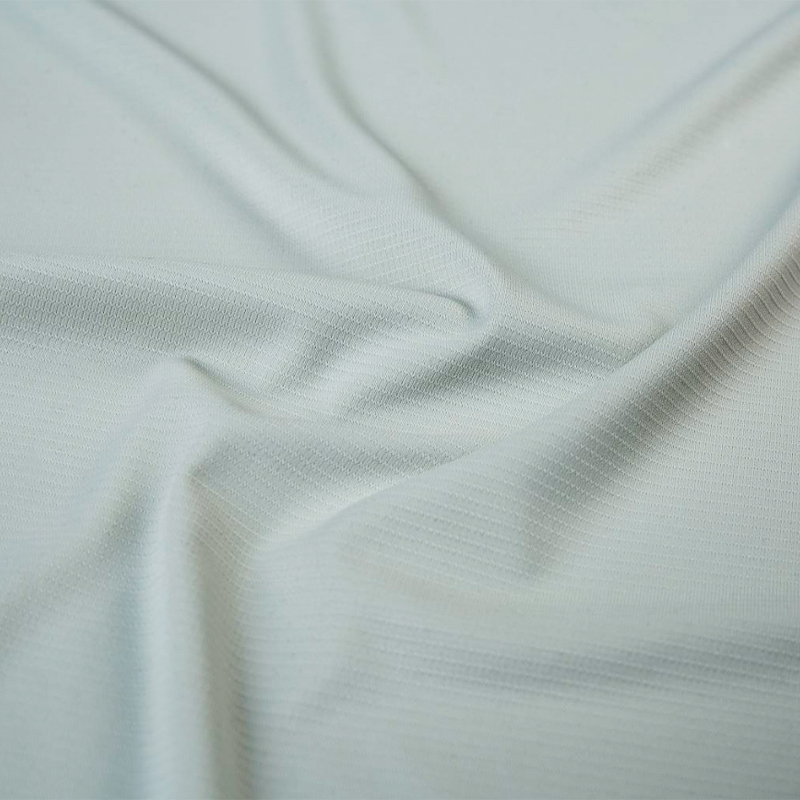The fiber orientation in warp knitting clothing fabrics plays a significant role in determining various properties that affect their performance and characteristics. Here’s how fiber orientation influences these properties:
Tensile Strength and Durability:
Parallel Alignment: Fibers in warp knitting fabrics are predominantly aligned in the direction of knitting (warp direction). This alignment enhances tensile strength along the length of the fabric, making it strong and resistant to tearing in that direction.
Crosswise Strength: While warp knitting primarily aligns fibers along the length (warp), some fibers may also traverse across (weft direction) depending on the specific knitting pattern. This crosswise alignment can contribute to the fabric's overall strength and durability.
Dimensional Stability:
Minimized Stretch: Warp knitting tends to minimize stretch in the fabric due to the tight alignment of fibers along the warp direction. This property makes warp knitted fabrics less prone to elongation or distortion during use and washing.
Drape and Hand Feel:
Flexibility and Softness: Depending on the knitting pattern and fiber characteristics, warp knitting fabrics can achieve different levels of flexibility and softness. The orientation of fibers influences how the fabric drapes over the body and its overall comfort.

Stretch and Elasticity:
Bias Stretch: While warp knitting fabrics are generally less elastic compared to weft knitting (like jersey knit), certain knitting patterns can introduce bias stretch or multidirectional stretch. This stretchiness can be influenced by how fibers are oriented in the fabric structure.
Moisture Management and Breathability:
Air Permeability: Fiber orientation affects the air permeability of warp knitting fabrics. Tighter alignments may reduce breathability, while specific knitting patterns can enhance airflow and moisture wicking properties.
Surface Appearance and Texture:
Smoothness and Texture: The alignment of fibers in warp knitting contributes to the surface appearance and texture of the fabric. Different patterns and fiber orientations can create varying textures, from smooth and flat to textured or ribbed.
Printing and Dyeing Capabilities:
Print Clarity: Fiber orientation influences how well printed or dyed patterns appear on the fabric surface. Warp knitting fabrics with aligned fibers may offer clearer and more defined print results compared to fabrics with varied orientations.
Fiber orientation in warp knitting clothing fabrics primarily affects their tensile strength, dimensional stability, drape, stretch, and surface characteristics. Designers and manufacturers can leverage these properties to tailor fabrics for specific applications, optimizing performance and comfort based on desired outcomes.

.jpg?imageView2/2/format/jp2)






.jpg?imageView2/2/format/jp2)


